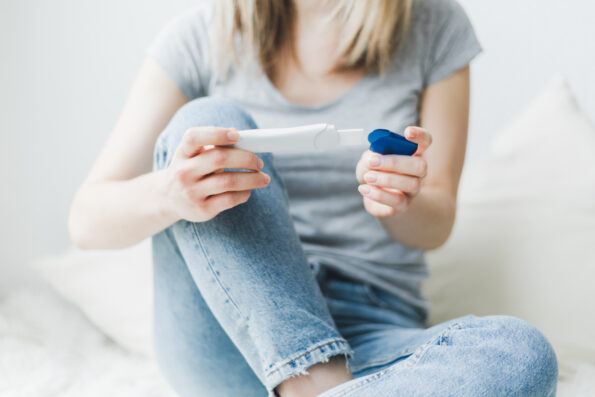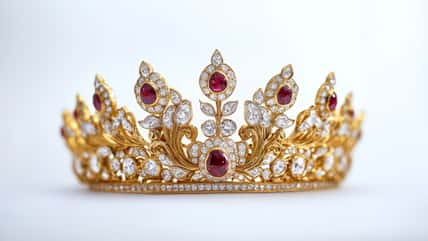She’s The Woman Who Invented The Very First At-Home Pregnancy Test

Can you imagine what life must have been like for women before incredible inventions like the at-home pregnancy test were invented?
Before inventor Margaret Crane came around, women were forced to go straight to the doctor to find out if they were pregnant, and even then, it sometimes took up to two weeks for women to get their lab results back.
Margaret or ‘Meg’ Crane was born in 1941. When she was 26-years-old, she worked for the pharmaceutical company Organon, which was located in West Orange, New Jersey. Margaret was responsible for designing useful yet aesthetically pleasing packaging for lipsticks and ointments for the company.
On the job, Margaret came across a lab used to process pregnancy tests. When a scientist for the company explained how the tests worked and how long women often had to wait to get their results back, she became frustrated with the slow-moving process, believing pregnancy tests should be faster, more efficient, and more accessible for women.
Despite having no background in science or chemistry, in 1967, Margaret managed to design a prototype for an at-home pregnancy test women could use to get results in hours versus weeks.
Like the models of pregnancy tests used today, Margaret’s test results determined pregnancy based on how much hCG hormone was detected in the user’s urine.
Margaret’s at-home pregnancy test came with a dropper, a vial, a rack, and a mirror and came in a convenient plastic box inspired by the small box that held her paper clips on her desk.
Margaret presented her test to Organon, who weren’t as enthusiastic about it as she had hoped they’d be, as they were resistant to women being able to test for pregnancy themselves, worried about what would happen if they got a result they weren’t happy about. Additionally, the pharmaceutical company thought an at-home pregnancy test would put labs out of business.
It wasn’t until Margaret’s test was presented to corporate owners in the Netherlands, who loved it, that everyone realized what a great idea it was. Other test designs were brought in to be compared to Margaret’s, but her simple design was deemed the best.

nerudol – stock.adobe.com- illustrative purposes only, not the actual person
Margaret’s pregnancy test was named “The Predictor” and was officially sold publicly beginning in 1977, ten years after she came up with the idea. The Predictor was advertised along with the slogan, “Every woman has the right to know whether or not she is pregnant.”
The Predictor had a ton of sales early on, and Margaret made a massive impact on women’s reproductive health. Her test gave women the right to find out about their pregnancy on their own terms and keep the results private for as long as they desired, although it did have a notice that urged women to contact a doctor if their test came up positive.
Despite inventing something that changed many people’s lives, Margaret was never compensated for her pregnancy tests. Although her name is on the device patents, Organon licensed it to three over-the-counter pharmaceutical companies, and she never received any money from it.
It wasn’t until 2012, when the New York Times did an in-depth piece on modern-day pregnancy tests, that Margaret began speaking out about her story and getting the recognition she deserves.
Thank you, Margaret, for your brilliant invention!
If true crime defines your free time, this is for you: join Chip Chick’s True Crime Tribe
She’s A Talented Musician Who Would Up Missing After Being Evicted From Her Beverly Hills Apartment
Sign up for Chip Chick’s newsletter and get stories like this delivered to your inbox.
More About:Chicks We Love





